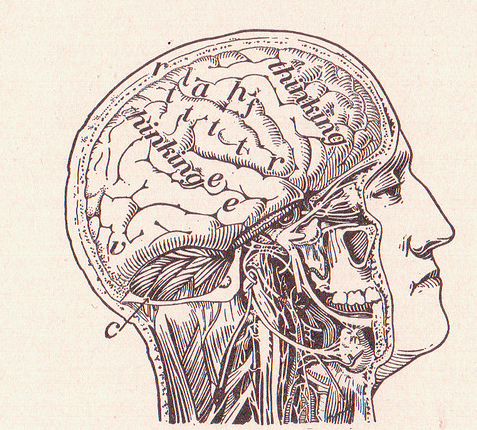
Content marketing is an exercise in persuasion. To succeed is to convince. Unfortunately for marketers, the decision making process is an opaque one. Often, people don’t have a clue why they make certain choices.
That’s because our brains are really complex organs. The first version of the brain appeared more than five million years ago. Back then, it could do pretty basic stuff, like tell us when to run from a lion, when to look for food, and when to find shelter. Over time, it evolved to experience emotions and then, miraculously, to contemplate them. Early humans began using words to interpret these emotions, absorb knowledge, and tackle problems logically.

While generations of philosophers and scientists believed that this newer, more logical brain was the part responsible for governing the decisions we make, recent studies suggest that our earlier brain actually plays a huge role in what we choose to do…and to buy.
The fact is, emotions greatly influence our purchase decisions. And marketers need to focus on how they make their customers feel, rather than how their product works.
So what does this mean for content creators? What types of content activate our ancient amygdala? Let’s take a look at three:
1. Intriguing Titles
Titles are the first and most impactful piece of information readers have to generate a feeling about a piece of content. If your title doesn’t spark some sort of intrigue, shock or excitement, people won’t click on it — and they certainly won’t share it. If you’re not sure what makes a title great, check out the tips and tricks of some of the experts.
2. Content That Sparks Specific Emotional Chords
Always remember that you’re a human writing for other humans. You’re both curious and sensitive creatures. Give your readers something stimulating to absorb. That doesn’t mean you should write for shock value only, of course. But make sure your content makes people feel something. And if you want your content to go viral, you should pay attention to exactly what you’re making people feel. According to Harvard researchers, certain emotions are more common in highly viral content than others, specifically:
- Curiosity
- Amazement
- Interest
- Astonishment
- Uncertainty
A great way to gauge whether or not your content is generating these feelings is to send it to your colleagues for review. If you have time, maybe even have them fill out a little survey. If your content isn’t making an impact, reconsider publishing it.
3. Images
Images are so valuable because they immediately involve readers in a single emotional event. But mindlessly slapping random Flickr pictures into your blog post or eBook isn’t the way to go. Your images should be easily understood and should help support the feeling you’re trying to create. If you want to amaze readers and you include a large stock photo of a conference room in your post, the emotional weight of your content will weaken.
So, the next time you create a piece of content, ask yourself: “How will this make people feel?” Will your readers laugh? Cry? Get frustrated? Tune out? No matter how much sense your content might make for a target audience, if you’re not communicating that value through a feeling, you won’t communicate it at all.
